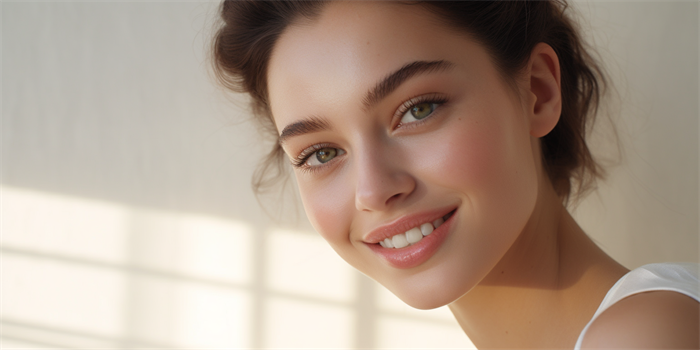How Often Should You Get Ultherapy in St. Petersburg?
Ultherapy, a non-invasive ultrasound treatment, has gained popularity in St. Petersburg for its ability to lift and tighten the skin on the face, neck, and chest. This procedure uses focused ultrasound energy to stimulate collagen production, resulting in a more youthful appearance. However, understanding the frequency of treatments is crucial for achieving optimal results and maintaining the benefits over time.

Understanding Ultherapy
Ultherapy is a unique treatment that targets the deep foundational layers of the skin without requiring surgery. It is FDA-cleared for non-invasive face lifting, brow lifting, and neck lifting. The procedure works by delivering focused ultrasound energy to the skin's foundational layers, which triggers the body's natural healing process and collagen production. This results in gradual tightening and lifting of the skin over several months.
Ideal Frequency for Ultherapy Treatments
The frequency of Ultherapy treatments can vary based on individual skin conditions, age, and the specific areas being treated. Generally, it is recommended to have one Ultherapy treatment per year to maintain the results. However, some individuals may require more frequent treatments, especially if they have significant skin laxity or are undergoing rapid aging. It is essential to consult with a qualified dermatologist or cosmetic surgeon to determine the best treatment plan for your specific needs.
Factors Influencing Treatment Frequency
Several factors can influence how often you should get Ultherapy treatments:
- Age: Younger individuals with minimal skin laxity may only need one treatment per year, while older individuals or those with more significant skin laxity may require more frequent treatments.
- Skin Condition: The condition of your skin, including its elasticity and thickness, can affect the frequency of treatments. Individuals with thinner or less elastic skin may need more frequent treatments to maintain results.
- Lifestyle: Factors such as sun exposure, smoking, and diet can impact skin health and may necessitate more frequent treatments.
- Desired Results: The level of improvement you desire can also influence the frequency of treatments. If you are looking for more dramatic results, you may need more frequent treatments.
Maintaining Ultherapy Results
To maintain the benefits of Ultherapy, it is important to follow a consistent skincare routine and adopt a healthy lifestyle. This includes using sunscreen daily, avoiding excessive sun exposure, staying hydrated, and eating a balanced diet. Additionally, regular follow-up treatments can help prolong the effects of Ultherapy and keep your skin looking youthful and vibrant.
FAQ
Q: How long do Ultherapy results last?
A: Ultherapy results can last up to a year or more, depending on individual factors such as age, skin condition, and lifestyle. Regular follow-up treatments can help maintain the results over time.
Q: Is Ultherapy painful?
A: Ultherapy is generally well-tolerated, but some individuals may experience mild discomfort during the procedure. Your practitioner can provide options to manage any discomfort, such as applying a topical anesthetic or using pain management techniques.
Q: How long does an Ultherapy treatment take?
A: An Ultherapy treatment typically takes between 60 to 90 minutes, depending on the areas being treated. The procedure is non-invasive and does not require any downtime, allowing you to resume normal activities immediately after the treatment.
Q: Are there any side effects of Ultherapy?
A: Ultherapy is generally safe, but some individuals may experience mild side effects such as redness, swelling, or tenderness in the treated areas. These side effects are usually temporary and resolve within a few days.
In conclusion, the frequency of Ultherapy treatments in St. Petersburg can vary based on individual factors and desired results. Consulting with a qualified professional is essential to determine the best treatment plan for your specific needs and to maintain the youthful benefits of Ultherapy over time.




